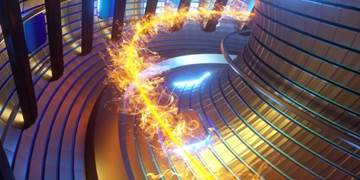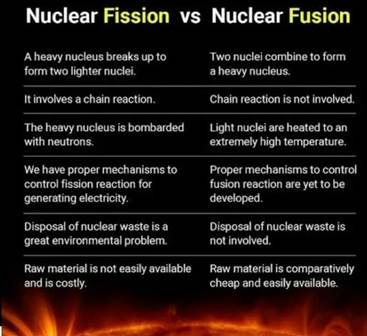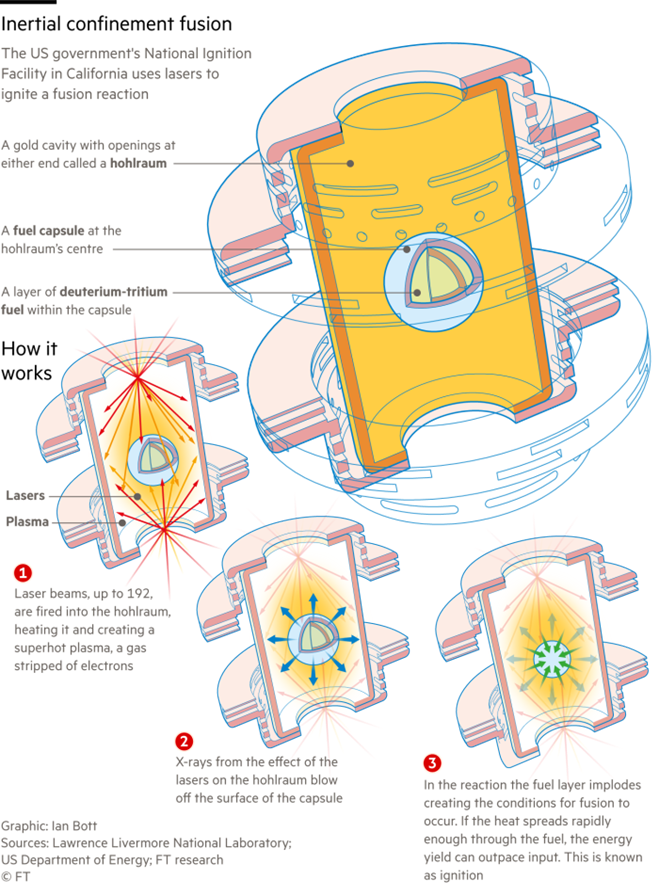Free Courses Sale ends Soon, Get It Now


Free Courses Sale ends Soon, Get It Now



Disclaimer: Copyright infringement not intended.
Context
Nuclear Fusion

Net Energy Gain in Fusion Energy

.jpg)
Significance
© 2024 iasgyan. All right reserved